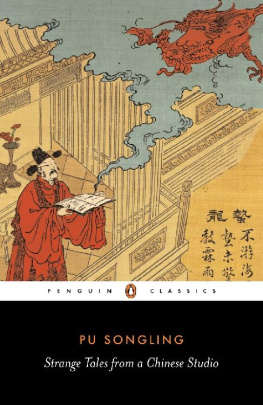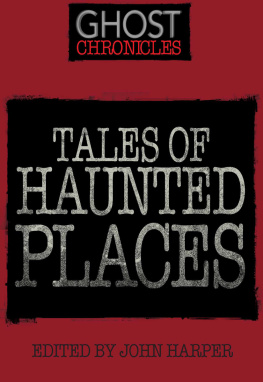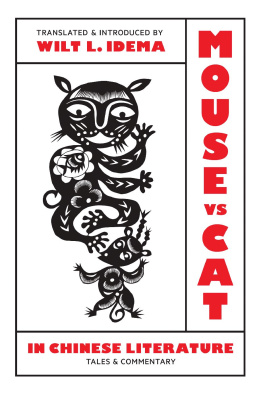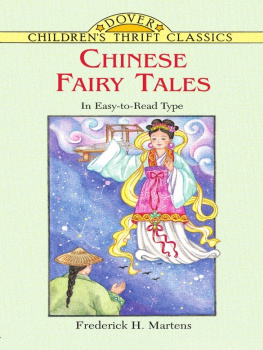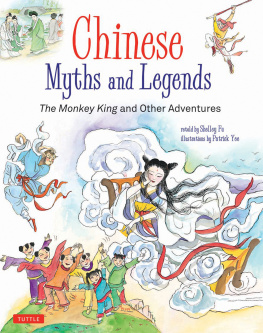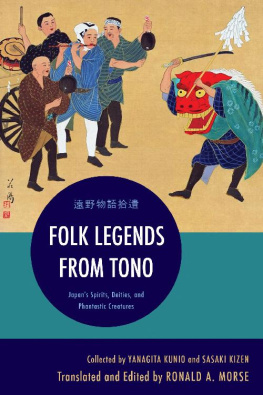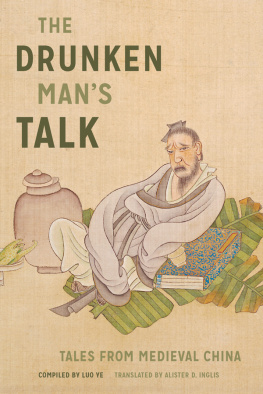
STRANGE TALES FROM A
CHINESE STUDIO
PU SONGLING (16401715) wrote his Strange Tales from a Chinese Studio (Liaozhai zhiyi) over several decades, during a life spent in obscurity in his home province of Shandong, in northern China. The book amounted to nearly five hundred items of greatly varying lengths, from short anecdotes and jottings to fully fledged stories, on a wide variety of strange themes. It was never published in his lifetime, and at first circulated in hand-copied versions. It was finally printed in 1766, in the southern city of Hangzhou, and was reprinted countless times, attracting many commentaries and imitations. It rapidly came to be considered the supreme work of fiction in the classical Chinese language, just as The Story of the Stone (also published in Penguin Classics, in five volumes (197386)) came to be considered the pinnacle of fiction in the vernacular. This new translation introduces a selection of 104 tales from the original work.
JOHN MINFORD studied Chinese at Oxford and at the Australian National University and has taught in China, Hong Kong and New Zealand. He edited (with Geremie Barm) Seeds of Fire: Chinese Voices of Conscience (1988) and (with Joseph S. M. Lau) Classical Chinese Literature: An Anthology of Translations (2000). He has translated numerous works from the Chinese, including the last two volumes of Cao Xueqin's eighteenth-century novel The Story of the Stone and Sunzi's The Art of War, both in Penguin Classics. He has also translated The Deer and the Cauldron (20002003), a three-volume Martial Arts novel by the contemporary Hong Kong writer Louis Cha. He is currently Professor of Chinese at the Australian National University.
PU SONGLING
Strange Tales from a Chinese Studio
Translated and edited by JOHN MINFORD
PENGUIN BOOKS
PENGUIN CLASSICS
Published by the Penguin Group
Penguin Books Ltd, 80 Strand, London WC2R 0RL , England
Penguin Group (USA) Inc., 375 Hudson Street, New York, New York 10014, USA
Penguin Group (Canada), 90 Eglinton Avenue East, Suite 700, Toronto, Ontario, Canada M4P 2Y3 (a division of Pearson Penguin Canada Inc.)
Penguin Ireland, 25 St Stephen's Green, Dublin 2, Ireland (a division of Penguin Books Ltd)
Penguin Group (Australia), 250 Camberwell Road, Camberwell, Victoria 3124, Australia (a division of Pearson Australia Group Pty Ltd)
Penguin Books India Pvt Ltd, 11 Community Centre, Panchsheel Park, New Delhi 110 017, India
Penguin Group (NZ), cnr Airborne and Rosedale Roads, Albany, Auckland 1310, New Zealand (a division of Pearson New Zealand Ltd)
Penguin Books (South Africa) (Pty) Ltd, 24 Sturdee Avenue, Rosebank, Johannesburg 2196, South Africa
Penguin Books Ltd, Registered Offices: 80 Strand, London WC2R 0RL , England
www.penguin.com
This translation first published in Penguin Classics 2006
Copyright John Minford, 2006
All rights reserved
The moral right of the translator has been asserted
Except in the United States of America, this book is sold subject to the condition that it shall not, by way of trade or otherwise, be lent, re-sold, hired out, or otherwise circulated without the publisher's prior consent in any form of binding or cover other than that in which it is published and without a similar condition including this condition being imposed on the subsequent purchaser
ISBN: 978-0-14-192852-4
Contents
STRANGE TALES FROM A CHINESE STUDIO
Acknowledgements
I was fortunate to receive a generous grant from the Taiwan Council for Cultural Construction and Development when I began this project, back in 1991. Without that three-year period of freedom I would never have been able to begin my journey into this strange and wonderful world, and write the first drafts from which these versions are descended. I wish to express my gratitude to the head of the Council, Kuo Wei-fan, and to my friends Joseph Lau, William Tay, Wang Ch'iu-kuei and Anthony Yu, for their loyal support over the years. Mark Elvin kindly invited me to spend the third year of this project (1993) as a Visiting Fellow at the Australian National University, and in Canberra Liu Tsun-yan patiently answered several questions of mine. I am endebted once again to Richard Rigby, who sent me a copy from Japan of the invaluable Liaozhai Dictionary , compiled by Zhu Yixuan and his colleagues in 1991. Don Cohn gave me a beautiful old edition of the book, which he found in a bookshop in Tokyo. Andr Lvy, whose complete French translation is soon to be published by Picquier, has shared his knowledge and enthusiasm with me over the years. In Hong Kong, in the 1990s, Tong Man patiently went along with many a meandering train of thought as we read these stories together. More recently I have benefited, as always, from the acute comments of Rachel May, and from the shrewd emendations of David Hawkes, both of whom read the final drafts of this book in their entirety.
At Penguin, I am grateful to Paul Keegan for having so enthusiastically welcomed this book into the Classics series many years ago, and to Laura Barber for having waited so stoically during the intervening years for it to come to fruition. Caroline Pretty has been a wonderfully perceptive and discreet copy-editor, rescuing me from many careless errors and lazy omissions. She has been at all times a sympathetic collaborator, never an intruder.
These translations are dedicated to Gnter and Barbara Wohlfart, dear friends, who shared good times in the green grove, and came when needed to the dark frontier.
Introduction
Pu Songling, the author of these extraordinary tales, was born in the summer of 1640, four years before the final collapse of the Ming dynasty (13681644) and the arrival in Peking of the Manchu conquerors from the north. He died in February 1715, towards the end of the long reign of the second Manchu Emperor, Kangxi, having spent almost his entire life in the mountainous north-eastern province of Shandong. and Pu Songling grew up here during the unsettled times of the dynastic transition, as the old order was falling apart and the conquerors were taking charge of their new domain the period referred to several times in these tales as the Troubles. Peasant rebellions and anti-Manchu uprisings erupted periodically in Shandong during his childhood, all of them brutally suppressed by the new rulers.
In the spring of 1658, by which time the dynasty was beginning to acquire a certain stability, Pu Songling sat for his first public examination and was placed first in all three stages of the highly competitive process. He was singled out for high praise by the eminent mandarin acting as Examiner, and looked set for a distinguished career as an official. But it was not to be. From 1660 onwards, every one of his many attempts at acquiring the vital second degree proved unsuccessful. supporting his family as a lowly private secretary and tutor in the households of one or another of the local wealthy families.
His failure as a mandarin was a source of deep personal disappointment, but it did at least leave him with ample leisure for reading and writing. Throughout his long life he wrote prolifically in a wide variety of literary genres: verse of all sorts, prose essays, practical reference works and handbooks, fiction, drama and ballads. It is, however, for his superb Strange Tales, on which he worked during most of his adult life, that he achieved immortality. While Cao Xueqin's Story of the Stone, that rambling and addictive novel of manners and sentiment, is regarded as the supreme novel written in the Chinese vernacular, the superb gallery of bizarre miniatures that constitute
Next page
